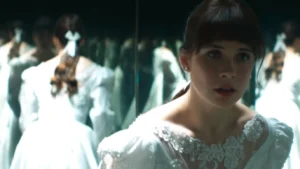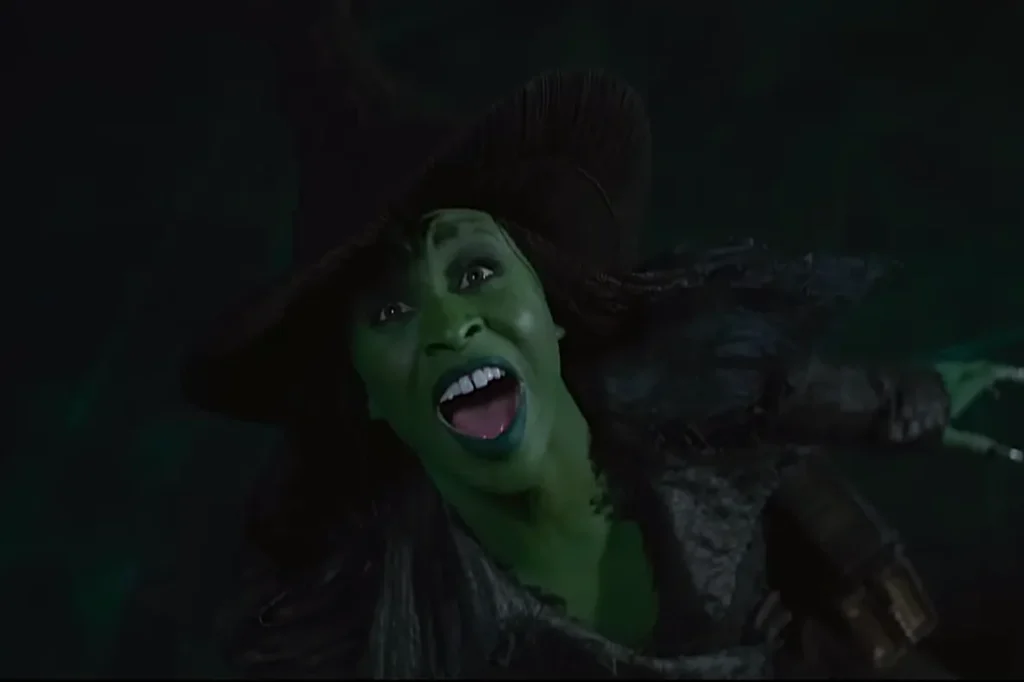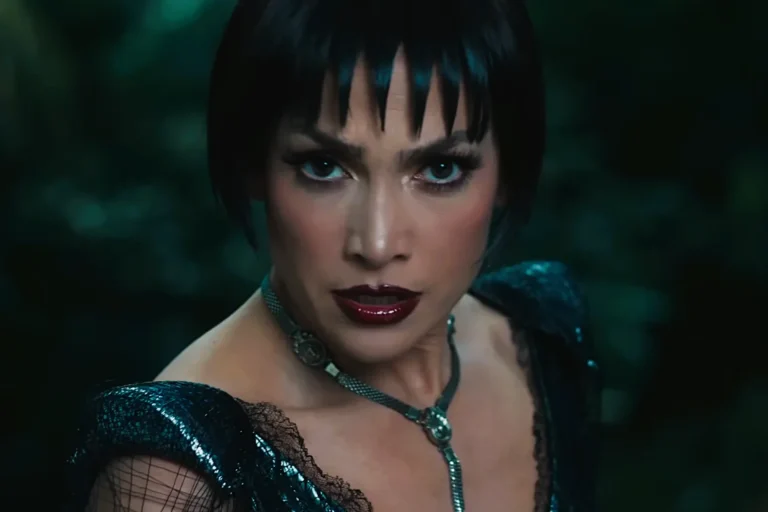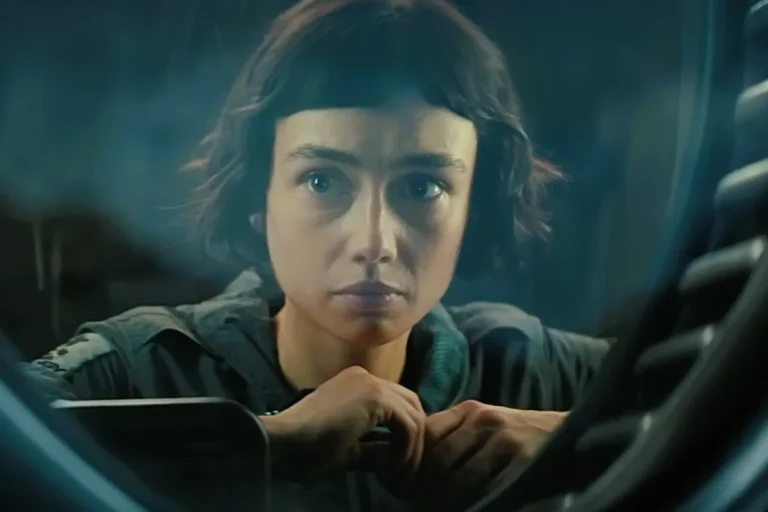Summary
-
The 2025 Kiss of the Spider Woman film changes the original Broadway ending to emphasize love and hope.
-
Director Bill Condon reimagines the final act as a tribute to emotional connection and human resilience.
-
Stars Diego Luna and Tonatiuh explain why the updated conclusion better reflects modern perspectives.
The 2025 film adaptation of Kiss of the Spider Woman redefines how this classic story ends. While the Broadway musical leaned into tragedy and manipulation, the movie finds redemption through love and empathy. Under Bill Condon’s direction, and with performances by Diego Luna and Tonatiuh, the reimagined finale delivers a message that feels both timeless and urgently relevant.
How Does the Film Ending of Kiss of the Spider Woman Differ from the Broadway Version?

When Kiss of the Spider Woman hit Netflix and theaters in 2025, fans familiar with its earlier versions were in for a surprise. Bill Condon’s adaptation diverges sharply from the 1993 Broadway musical’s dark, ambiguous ending, trading despair for emotional closure.
The story follows two cellmates in 1980s Argentina Luis Molina (Tonatiuh), a gentle window dresser imprisoned for “public indecency,” and Valentín Arregui (Diego Luna), a Marxist revolutionary. At first, their relationship is uneasy. Molina escapes reality through storytelling, recounting glamorous movie scenes starring Ingrid Luna (Jennifer Lopez) — a diva whose on-screen alter ego, the Spider Woman, becomes a symbol of longing and liberation.
Over time, the two men form a bond that defies the walls around them. They share food, secrets, and eventually, love. Their connection becomes both romantic and revolutionary a form of resistance in itself.
In the Broadway version, however, this relationship ends in betrayal and ambiguity. Valentin uses sex as leverage to persuade Molina to make a crucial phone call that could help the resistance. Their connection feels more transactional than emotional. When Molina is fatally shot by guards, he confesses his love for Valentin in his dying breath. The musical closes with his death tragic, unresolved, and steeped in manipulation.
The film version, on the other hand, reimagines this finale entirely. Molina still meets a tragic end, gunned down while carrying out a dangerous mission for the rebels. But Condon adds a poignant epilogue: years later, Valentin is freed after the dictatorship’s fall. Standing under an open sky, he holds the scarf Molina gave him, kisses it, and whispers a quiet dedication to his lost love.
This change shifts the emotional tone of the story. Instead of ending with deception and death, the film closes on remembrance and love. It transforms a tale of oppression into one of connection a rare move in modern adaptations of darker material.
READ MORE: Kiss of the Spider Woman Cast — Who Plays Whom in the Netflix Series?
Why Did Director Bill Condon Change the Kiss of the Spider Woman Ending?
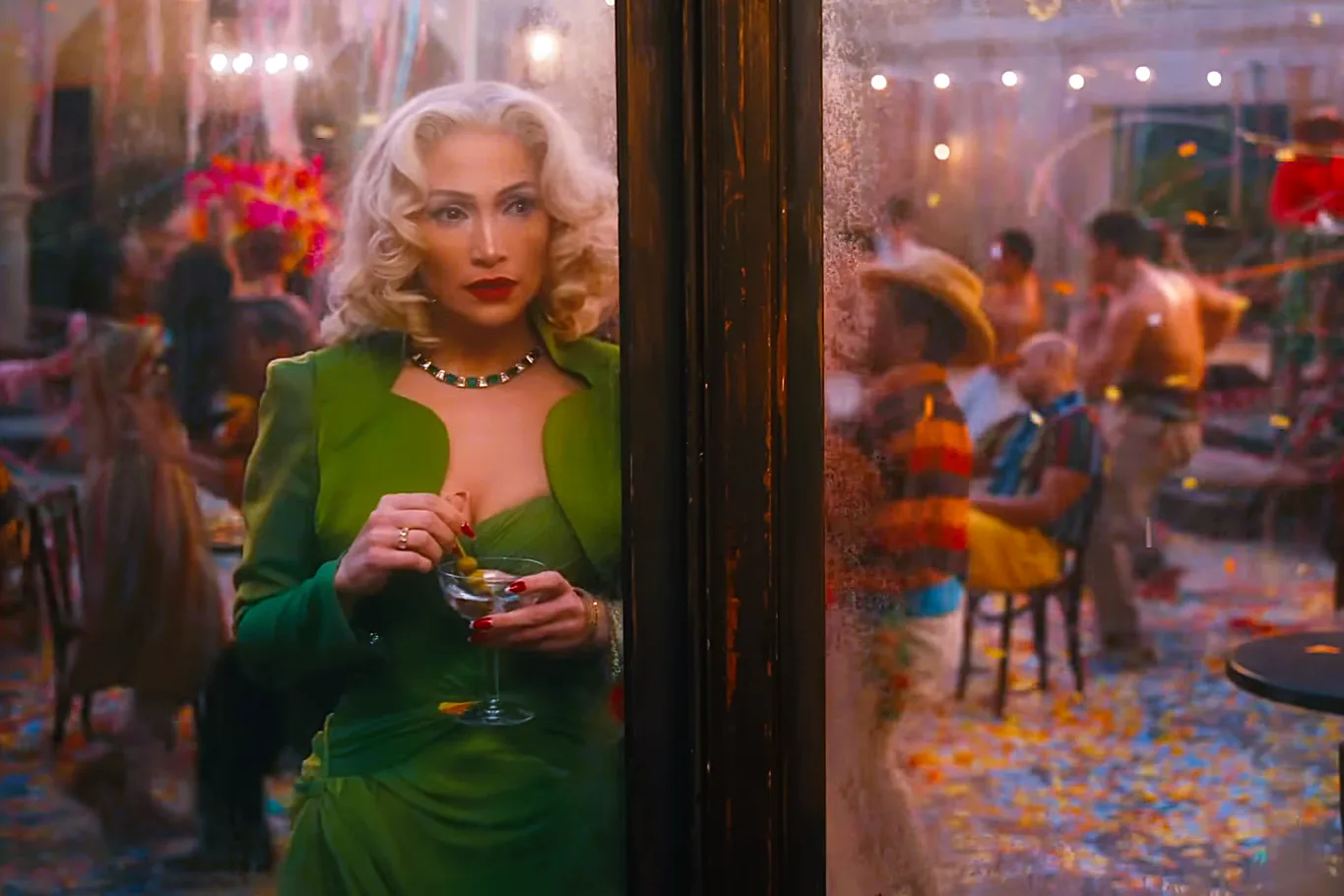
Director Bill Condon, known for Dreamgirls and Beauty and the Beast, is no stranger to reimagining musicals for the screen. But here, his approach isn’t about spectacle it’s about meaning.
As Diego Luna explains, “He found a creative and beautiful way to get away with the story he wanted to tell.” That story, according to Luna, is one about love as revolution.
Condon saw in Kiss of the Spider Woman an opportunity to highlight the humanist core of Manuel Puig’s original novel the idea that empathy and intimacy can exist even in the harshest environments. “This is a love story,” Luna continues. “This is a story about love being behind everything that moves us. If you want to make a revolution, if you want to change things, love has to be behind it.”
In contrast to the stage version’s cynicism, Condon’s film embraces emotional authenticity. His ending doesn’t deny tragedy but reframes it Molina dies, but his spirit lingers, literally and symbolically, in Valentin’s survival.
Tonatiuh, who plays Molina, describes this as both a creative and cultural evolution. “For that time period [the Broadway musical], what they were doing was revolutionary,” he says. “But there had to almost be a bit of a compromise to make it commercially viable.”
Condon’s film no longer has to compromise. It acknowledges that audiences and society have evolved. In 2025, stories about queer love can end with dignity, not just martyrdom.
How Does the Film’s Message Reflect Today’s Social and Political Climate?

Tonatiuh believes the film’s updated ending speaks directly to modern audiences living through division and polarization. “It really resonates in a time where some of the most marginalized people in the world are being deemed terrorists,” he says. “We are saying, ‘Just take a second to look at another human being and witness them and see that we are the same.’”
This is where Kiss of the Spider Woman (2025) becomes more than a musical it becomes a mirror.
Condon uses Molina and Valentin’s relationship to explore empathy across ideological lines. Molina is apolitical, romantic, and escapist; Valentin is pragmatic, focused, and militant. Their bond doesn’t erase their differences — it humanizes them. By the end, both have changed. Valentin learns tenderness; Molina discovers courage.
The final epilogue, with Valentin released from prison, serves as a metaphor for liberation through love. In a literal sense, he’s free from his captors. In a deeper sense, he’s free from the emotional rigidity that once defined him. The scarf he holds becomes a symbol — not just of Molina, but of memory, vulnerability, and shared humanity.
It’s a message that lands differently in 2025, amid a world still wrestling with issues of identity, repression, and compassion. The film’s humanist tone offers something rare: optimism grounded in truth.
READ MORE: How Can Fans Watch Wicked: For Good 4 Days Early?
What Role Does Jennifer Lopez’s Spider Woman Play in This Transformation?

While the focus is on Molina and Valentin, Jennifer Lopez’s Ingrid Luna (Aurora, the Spider Woman) remains a crucial thread in this emotional tapestry. Her film-within-a-film sequences embody the power of fantasy both its seduction and its salvation.
In the Broadway musical, the Spider Woman is primarily a figure of death, a symbol of escape through oblivion. In Condon’s adaptation, Lopez’s version is more multifaceted she’s beauty, danger, and freedom intertwined.
As Molina tells her stories, Aurora’s appearances become acts of resistance, not surrender. Her cinematic world lush, colorful, and dreamlike stands in stark contrast to the prison’s cold walls. Through her, Condon visualizes Molina’s imagination as both refuge and rebellion.
This change deepens the emotional impact of the ending. When Molina dies, it’s not just an escape into fantasy it’s a transcendence. The Spider Woman doesn’t claim him as a victim; she welcomes him as an equal in her world of dreams.
READ MORE: Did Parker Kill Zen in Play Dirty? Complete Ending Explained
When and Where Can You Watch Kiss of the Spider Woman (2025)?
Kiss of the Spider Woman premiered in theaters on October 10, 2025, distributed by Roadside Attractions and Lionsgate, with streaming availability expected later on Netflix. The film runs 2 hours and 8 minutes and carries an R rating for mature content and thematic material.
Source: Entertainment Weekly
Stay updated with the Latest News and Stories, follow us on our social media platforms.
You can follow us on:
Stay Connected!! Join our Whatsapp Channel




